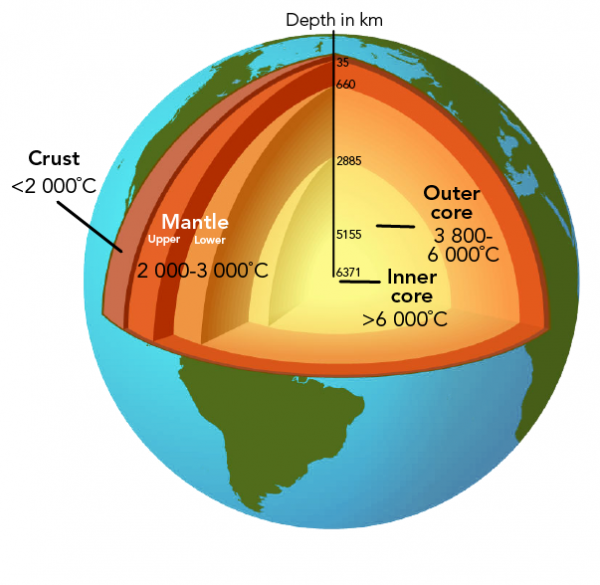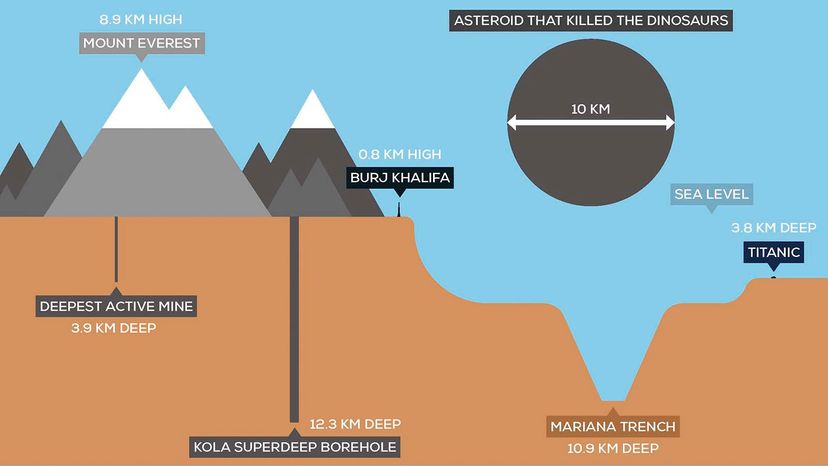The deep Kola well.. the deepest hole man made to reach the ground.. has it reached?
Weather of Arabia - Man has always sought to explore what is in the ground, so the decision to dig a deep hole was the most effective way to study the depths of the earth, so many holes were dug for research and commercial purposes, but did man succeed in reaching the ground?
Trying to dig underwater to get to the ground
Perhaps the most famous Earth-penetrating effort was Project Mohole, which began in 1961, which was an attempt to drill through the Earth's crust in the Pacific Ocean off the coast of Mexico where the crust is relatively shallow. The goal was to reach the layer between the upper mantle and the crust. Land, or the so-called "Mohorovicic discontinuity" - better known as "Moho", except that the project closed in 1966 because it ran out of funds, and the project was much less than "Mohor", reaching a depth of only 601 feet under the sea floor While the Moho outage is about 16,000 feet deep, so the team was well short of their goal. However, valuable core samples were obtained and much was learned about deep-sea drilling.
Kola well: the deepest man-made hole to reach the ground
The deepest borehole to date is the one on Russia's Kola Peninsula near Murmansk, which has been referred to as the "Kola Well". It was drilled for research purposes starting in 1970, and five years later, the Kola well reached 7 kilometers (about 23,000 feet).
Work continued until the project was abandoned in 1989 at a depth of just over 12 km (about 40,000 feet). The project cost more than $100 million. This is the current record for the depth that humans have reached. By comparison, the Kola well is deeper than The highest peak on Mount Everest.
(Comparison between the depth of the Kola crater and other figures such as the height of Mount Everest)
Given the technology and cost, geologists want to try to go deeper to get samples from the ground, but digging such holes requires a lot of patience, money and technology. For example: the temperature of the rocks at a depth of 12 kilometers was much higher than what scientists thought, they prepared for temperatures Close to 100°C, but the rocks were closer to 180°C! They were not prepared for this extreme heat, so they had to stop drilling, and so the project ended and the well was capped.

(The deep Kola crater area after the project was abandoned and the crater was closed, so only this metal cover appears)
In fact, man dug many holes for research and commercial purposes, but they did not go beyond the depth of being scratches in the surface of our earth, and to bring the picture closer, imagine that the earth is like an egg with an outer shell, these holes did not exceed this crust.

(earth layers and depth of each layer)
If man did not succeed in reaching the ground, how did he study it?
The structure of the deep Earth is being studied today by indirect means. Perhaps the most effective way is to study seismic waves as they travel from one sensor station to another. These natural waves give scientists an opportunity to explore what is inside the Earth as it interacts with the different layers, just as X-rays allow us. Or magnetic resonance imaging to see what is inside the human body.
Arabia Weather App
Download the app to receive weather notifications and more..




